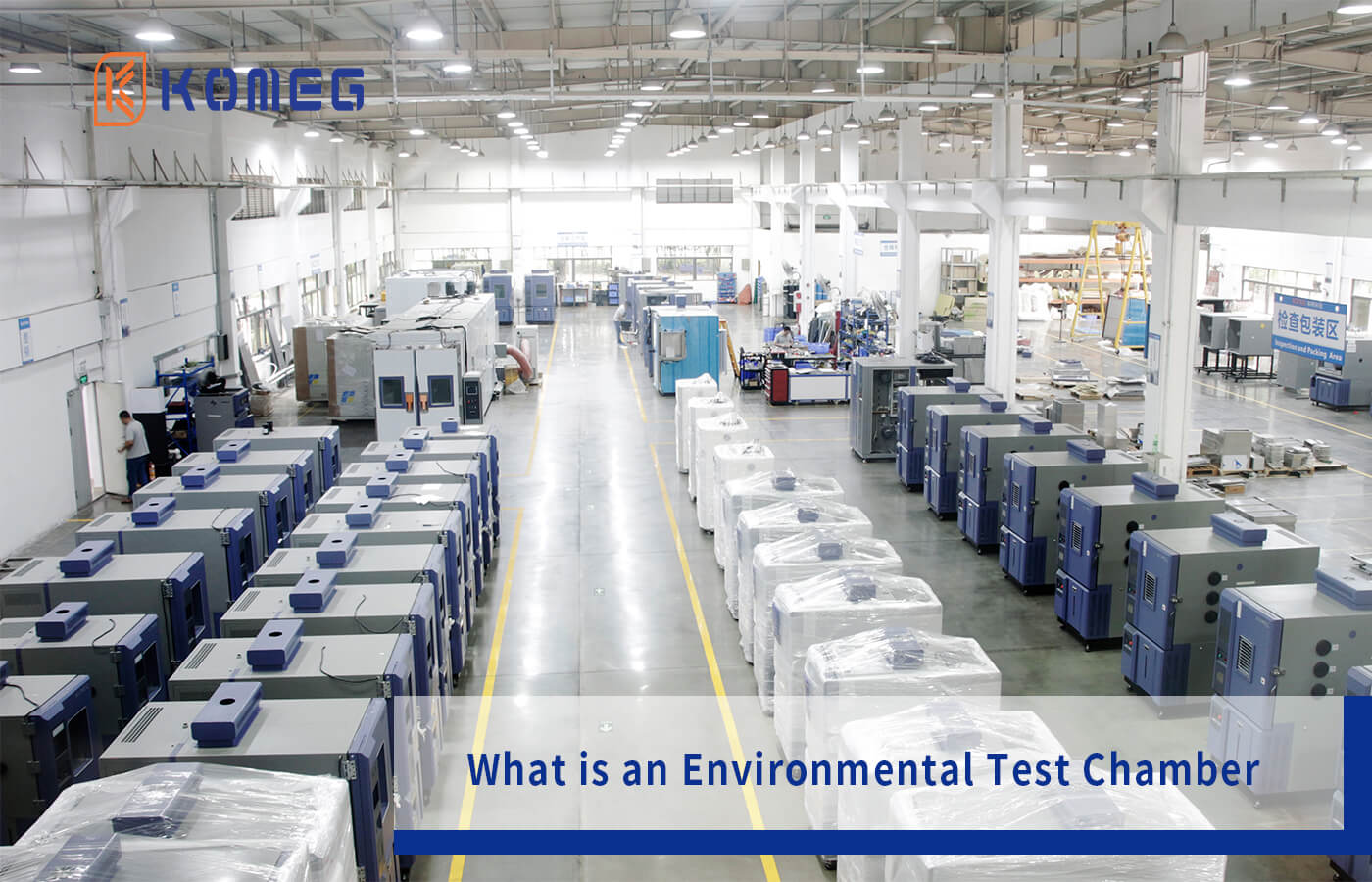Introduction of Environmental Chamber
An environmental test chamber is designed to replicate various natural environmental conditions, such as temperature, humidity, low pressure, rain, sunlight, and sandstorms. By conducting tests, it helps us assess product performance and identify any weaknesses.
Environmental chambers come in various sizes, ranging from desktop-sized to walk-in chambers. Furthermore, with the advancement of technology, the sizes of walk-in environmental chambers are continuously evolving.
Nowadays, there are numerous brands of environmental test chambers. For example, internationally, there are brands like Weiss, Votsch, Espec, Climats, CTS, ACS, Thermotron, CSZ, and many more. In China, there are brands such as KOMEG, KSON, GWS, Hardy, Giantforce, Zundar, Sandwood, Bell, YINGHE, and others. Customers can choose the suitable environmental chamber brand based on their budget and testing requirements.
(Related article:How to Choose an Environmental Test Chamber?)
Applications of Environmental Chambers
● Automotive Industry: Due to the complex and ever-changing external environment and climate, various environmental adaptability tests are conducted on automobiles to ensure their longevity.
● Electronics Industry: The electronics industry has a wide range of applications, such as in automobiles, computers, smartphones, smart wearable devices, etc. Conducting tests in environmental test chambers helps identify potential failures and performance issues.
● Aerospace Industry: By simulating high-altitude environments, materials and equipment used in aerospace applications can be tested for durability under extreme conditions.
● Pharmaceutical Industry: To determine the impact of different environmental conditions on the effectiveness and stability of drugs, evaluations are conducted on factors such as materials, packaging, storage, and transportation.
● Materials Industry: Different industries have varying requirements for the materials they use. To meet these requirements, most materials need to undergo testing in environmental chambers.
Challenges of Environmental Chambers
● Energy Consumption: Environmental test chambers require a large amount of electricity to operate for long periods of time. If humidity testing is involved, it also requires a significant amount of water.
● Maintenance Costs: Due to factors like handling and transportation, environmental chambers may encounter various issues. Additionally, ensuring the long-term stable operation of the test chambers requires regular maintenance and inspections, which can result in additional repair costs.
● Size and Load: Designing environmental chambers to accommodate large and heavy samples presents a significant challenge for manufacturers, as the environmental chambers need to be tailored to the size and weight of the samples.
● Testing Standards: Different countries have different testing standards, which also means different design requirements for environmental test chambers. To meet these diverse standards, environmental chamber manufacturers need to have sufficient experience and expertise.
● Power and Water Requirements: Environmental chambers typically have power supply requirements, but different countries use different power sources. Additionally, some countries have strict regulations on water supply installations, further complicating the design of environmental chambers.
● Differences from Real Climate: Environmental chambers can only simulate real climates to a certain extent. Real climates are complex and ever-changing, making it challenging for environmental chambers to fully replicate the effects of real-world testing.
Future of Environmental Chambers
● Energy Efficiency and Environmental Protection: With increasing global concerns about energy efficiency and environmental protection due to global warming, there will be a growing emphasis on the use of environmentally friendly materials in product design. In the future, environmental chamber manufacturers will need to consider energy efficiency and environmental protection more extensively in their designs.
● Internet of Things (IoT): IoT technology can help customers monitor the testing process and collect testing data more effectively. It can also provide convenience to manufacturers in addressing after-sales issues for customers located remotely. Manufacturers will be able to remotely access data, troubleshoot problems, and provide solutions.
● Customization: As climate patterns change and technology evolves, there will be a growing demand for diverse testing requirements. Customization will become a preferred choice for many customers to meet their specific testing needs.
● Artificial Intelligence (AI): With the advancement of AI, it is possible that AI will be utilized in environmental test chambers in the future. For example, it can provide intelligent data analysis, optimize testing parameters, and offer testing solutions.
KOMEG is a company established in 1990, and through our collaborations with customers from different countries and industries, we have accumulated a wealth of experience. In the future, we will strive to develop environmentally friendly and intelligent designs for our environmental chambers, aiming to bring better products to our customers.
